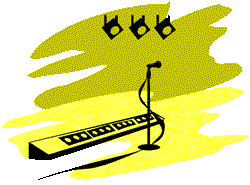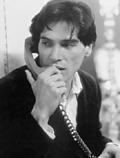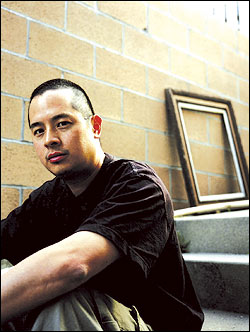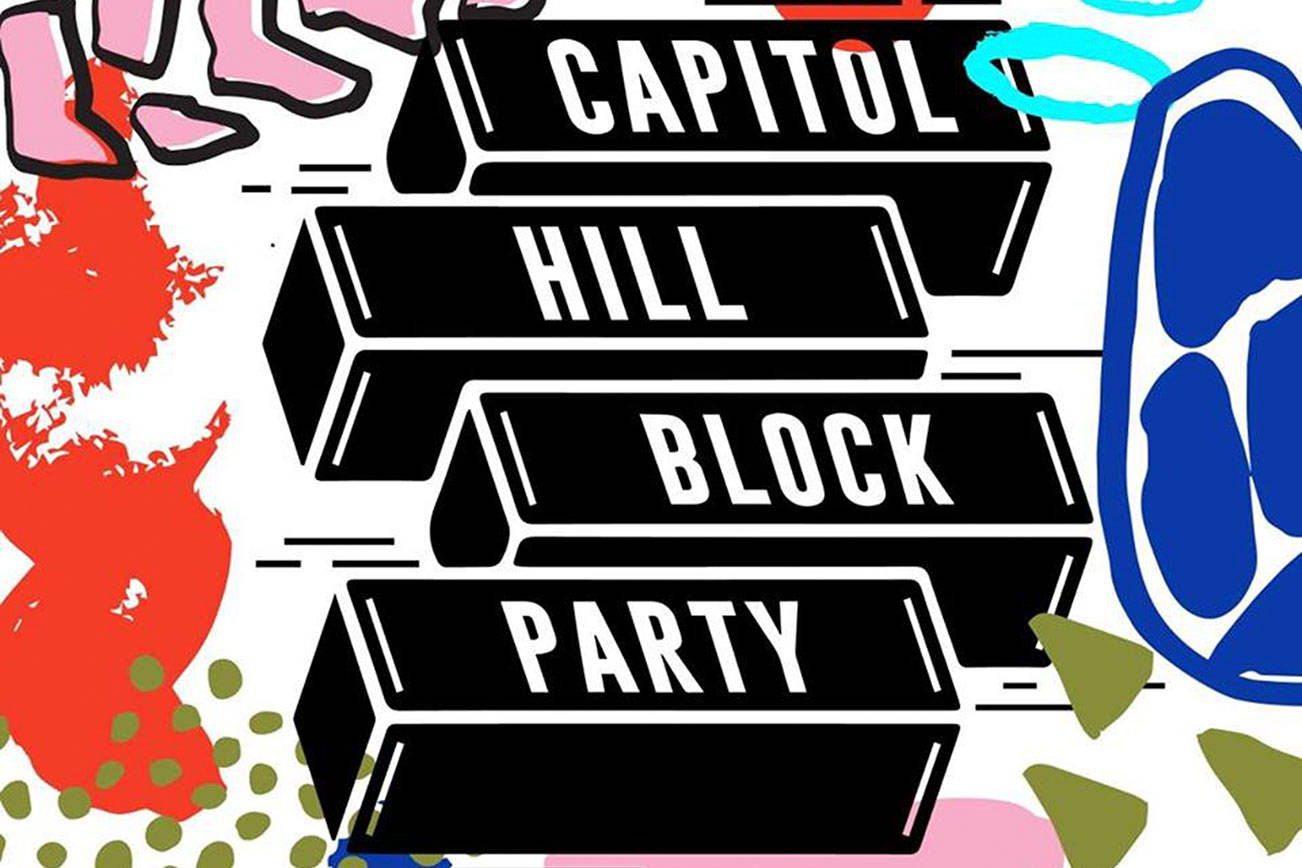BPT’S “MOODY,” an obscure house track from 1998, is so trashy it’s almost funny: insistent single-note doot-doot-doots in the background, early ’80s spook-house organ, cheesy synth bass line, vocalist Danny Buddah Morales pouting lyrics on the order of “Take me home and love me/Let me make you juicy” like a guy competing for the Eurotrash Sleazeball of the Year award. By itself, it’s silly, enjoyable, and rather forgettable.
So why do I relish the moment it appears every time I play Global Underground 004: Athens, Danny Tenaglia’s superb recent DJ-mix CD on Thrive? As is so often the case with DJ sets, the secret is structure and context. Tenaglia’s GU opens with Stereo Dancer’s “Absolute Reason,” a cold, desiccated track laden with dry echo that sounds like mood music for a foggy, dark planet. Tenaglia follows it with “Vol. 3,” a fuller-sounding, less abstruse Primitive Urge cut. The beat stays front and center instead of pulsing underneath and occasionally coming up for air the way Stereo Dancer’s does, and it features a groaning bass line so deep it’s almost subliminal.
Having established his dark, driving, rather abstract mood, Tenaglia could go in any number of directions. Dropping “Moody” into the set gives it a perceptible lift; it’s also a smartly placed left hook, a segue unexpected enough to earn the listener’s continued attention, and a signal that Tenaglia intends to keep things listener-friendly. You respond to the song itself as well as its predecessors’ rhythms, while also anticipating those of its successors. And when Morales’ vocal hits its rhythmic stride, it’s like the moment you find the beat on the dance floor or the party after driving around for an hour.
Most DJs share the goal of taking the listener on a journey, and certainly it’s what listening to a good set should feel like. Tenaglia modulates his opening formula (landscape into groove into vocal into groove into landscape again) with plenty of textural variety, setting you up and knocking you down and picking you back up again a bit differently each time around. And his eclecticism is a major advantage over his Global Underground peers: Sasha, John Digweed, Nick Warren, and Paul Oakenfold mostly stick to trance, the most notoriously passive-aggressive subgenre of the most passive-aggressive musical form ever. With its drums not beating but pulsing and its oscillations zoning you out as much as hyping you up, the best trance gathers a steady, unblinking momentum that engages your coldest, most mechanic impulses. Motifs repeat incessantly, but the music is almost completely devoid of hooks. The result has what critic Simon Reynolds calls an “amnesiac effect”: engrossing while it’s playing, but afterward, you can’t remember much about it.
In other words, you tend to remember the general shape of the music rather than the music itself. Paul Oakenfold’s 002: New York is a prime example; it might be the series’ least consistent volume, but it’s the most immediately appealing after Tenaglia’s, thanks to a plentiful supply of heaven-reaching vocals (you know, the kind rejected by “serious” clubbers and ravers wary of any music meant to stir emotions other than superiority) and near-anthems like Oakenfold’s own pulsating reworking of a self-titled track by the Touch. And Nick Warren’s snarling 005: Budapest is memorable for the way it jerks your attention into focus every five minutes or so. His slam-the-next-one-on approach to transitions between tracks avoids trance’s usual mirror-smooth flow; instead Warren goes into something harder or riff-heavier nearly every time out. It’s effectively done and a little bruising—over two and a half hours, it becomes mind-numbing.
The others are a little mind-numbing for a different reason: They’re boring. Even if you have a soft spot for trance, John Digweed’s 001: Sydney and Sasha’s 003: San Francisco pall quickly—the first discs of each leave almost no impression even after half a dozen plays. It’s too bad, since each of their second discs picks things up considerably, evolving into more interesting terrain. None of this matters on a dance floor, but a DJ mix played on a living-room stereo is supposed to make the listener wish they were out dancing to it. When it doesn’t connect, it can make even a fan feel like little more than a tourist.









